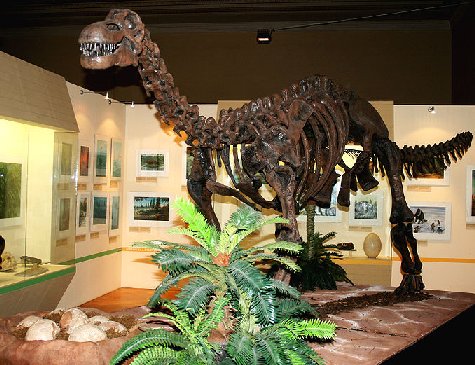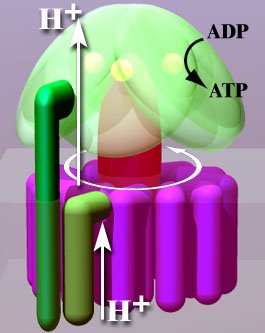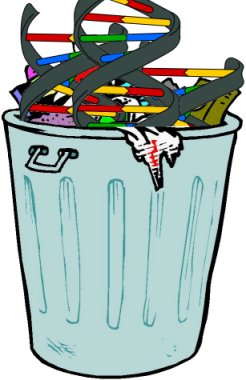I have written two posts about people who have mischaracterized the views of C.S. Lewis when it comes to evolution (you can read them here and here). At the risk of beating a dead horse, I want to write one more.
In both of my previous posts, I mention an article by Dr. Jerry Bergman. In that article, Dr. Bergman tries to make the case that C.S. Lewis is a “creationist and anti-evolutionist.” I think that my posts have done a good job of showing that Dr. Bergman is simply wrong. Dr. Lewis cannot be described as either a creationist or an anti-evolutionist. I have shared my posts with the author and with the people at Creation Ministries International, the organization that runs the website that published the article. Unfortunately, neither the author nor Creation Ministries International feels the need to retract it. Indeed, in a personal communication with Dr. Bergman, I was told that he had found C.S. Lewis scholars who agree with him. He did not provide the names of those scholars, however, even though I asked for them.
As a result, I decided to see if I could find any C.S. Lewis scholars who agree with Dr. Bergman on this issue. I went to the C.S. Lewis Foundation’s website. This is a wonderful organization that “…is dedicated to advancing the renewal of Christian thought and creative expression throughout the world of learning and the culture at large.” As a part of meeting that mission, the foundation has a study centre at “The Kilns,” Dr. Lewis’s former home in Oxford. I sent Dr. Bergman’s article to the foundation, asking them to have one of their scholars review it to see if it was a reasonable discussion of C.S. Lewis’s views on evolution.
A few days ago, I received a wonderful reply to my question. The author was humble, gracious, and very insightful. It started with these words:1
I am not entirely sure if I should be described as a “Scholar”, in fact I am pretty sure that I should not, but the folk at The Kilns have sent your question on to me.
He went on to give me his answer, some of which will appear below the fold. In that answer, he referred to Dr. Lewis as “Jack.” This is what his close friends and family called him, so as I read the message, I assumed that this man knew C.S. Lewis really well. As I reached the bottom of the message, I read his name: Douglas Gresham. If you don’t recognize the name, it is C.S. Lewis’s younger son. Lewis adopted both Douglas and his older brother, David, when he married their mother, Joy. When Joy lost her battle with cancer, Lewis continued to raise Douglas and David. He dedicated The Horse and His Boy, one of the books in his acclaimed Chronicles of Narnia series, to both of them. Douglas is a producer for all the Chronicles of Narnia movies, and he strives to make them follow the books as closely as they possibly can. He also appears as a minor character in each movie.
I think it is safe to say that Mr. Gresham is probably one of the few people alive today who knows what C.S. Lewis really believed when it comes to all manner of things, including evolution. Do you want to know what he said about Dr. Bergman’s article?
Continue reading “Just Making Sure That Horse Is Really Dead…”




